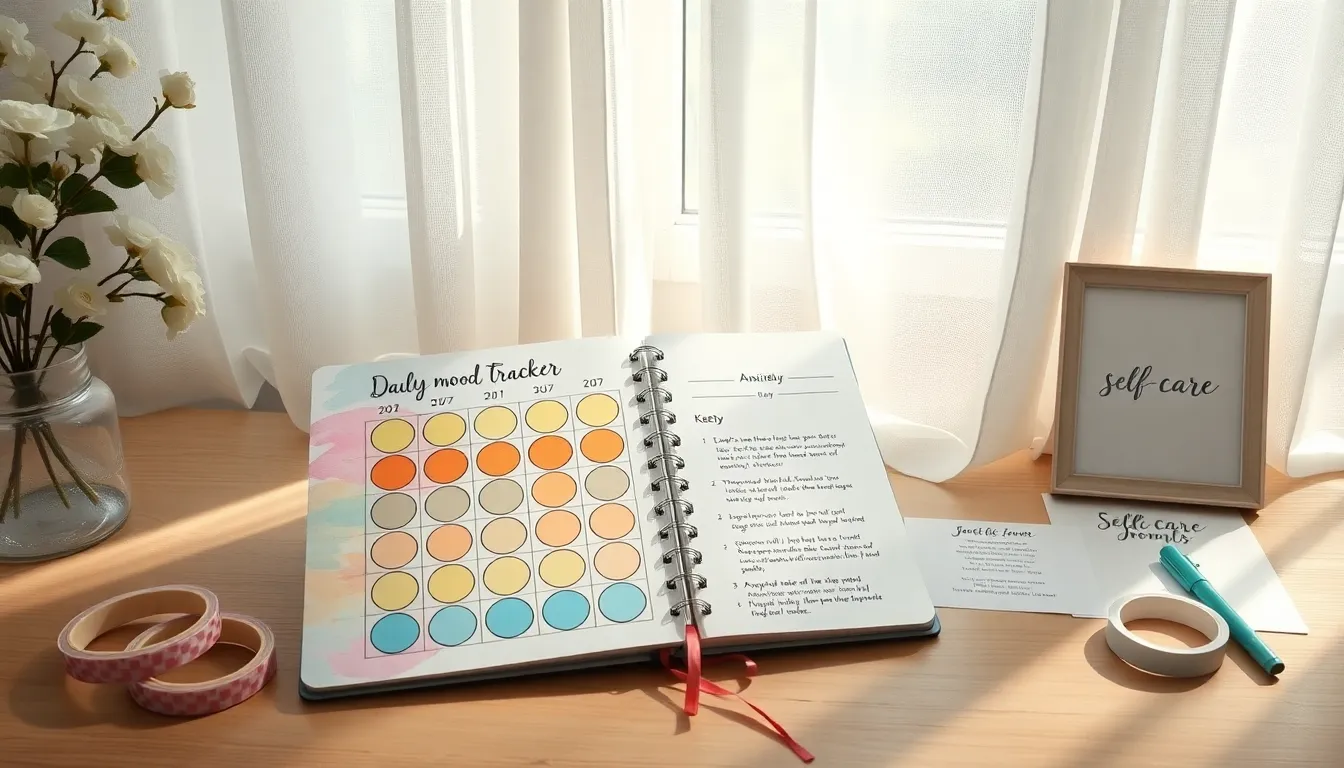In the hustle of daily life, nurturing mental health can feel like a daunting task. Bullet journaling offers a creative, organized way to track emotions and prioritize self-care, making it a vital tool for mental well-being.
Dive in to discover unique layouts tailored for mental clarity and emotional balance. With each page, you’ll find a sanctuary for reflection, helping you stay grounded and mindful.
Crafting a Mindful Mood Tracker
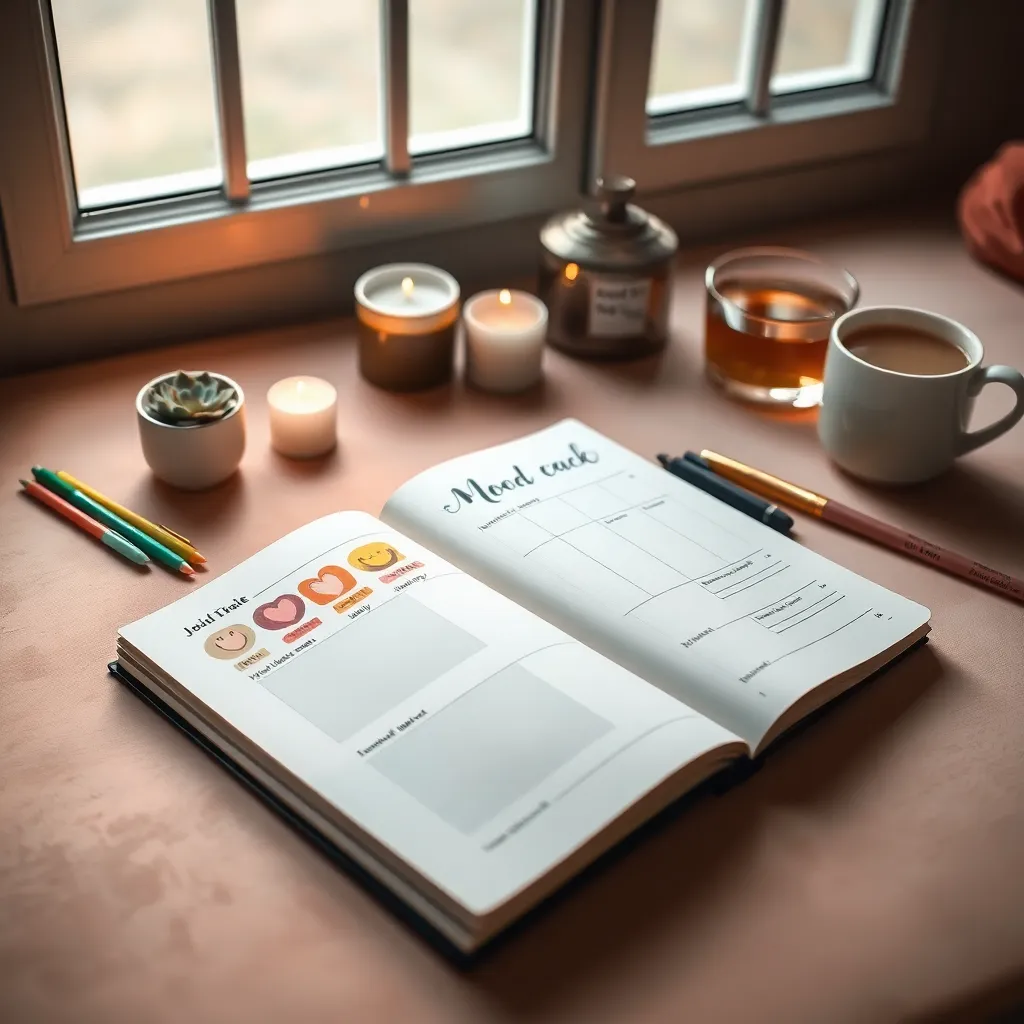
Start by creating a simple chart with days of the week and color codes for emotions. This visual aid helps you track patterns and identify triggers.
To deepen your practice, consider a daily prompt like, “What emotion dominated today, and why?” This encourages self-reflection and clarity.
Designing Stress-Relief Layouts
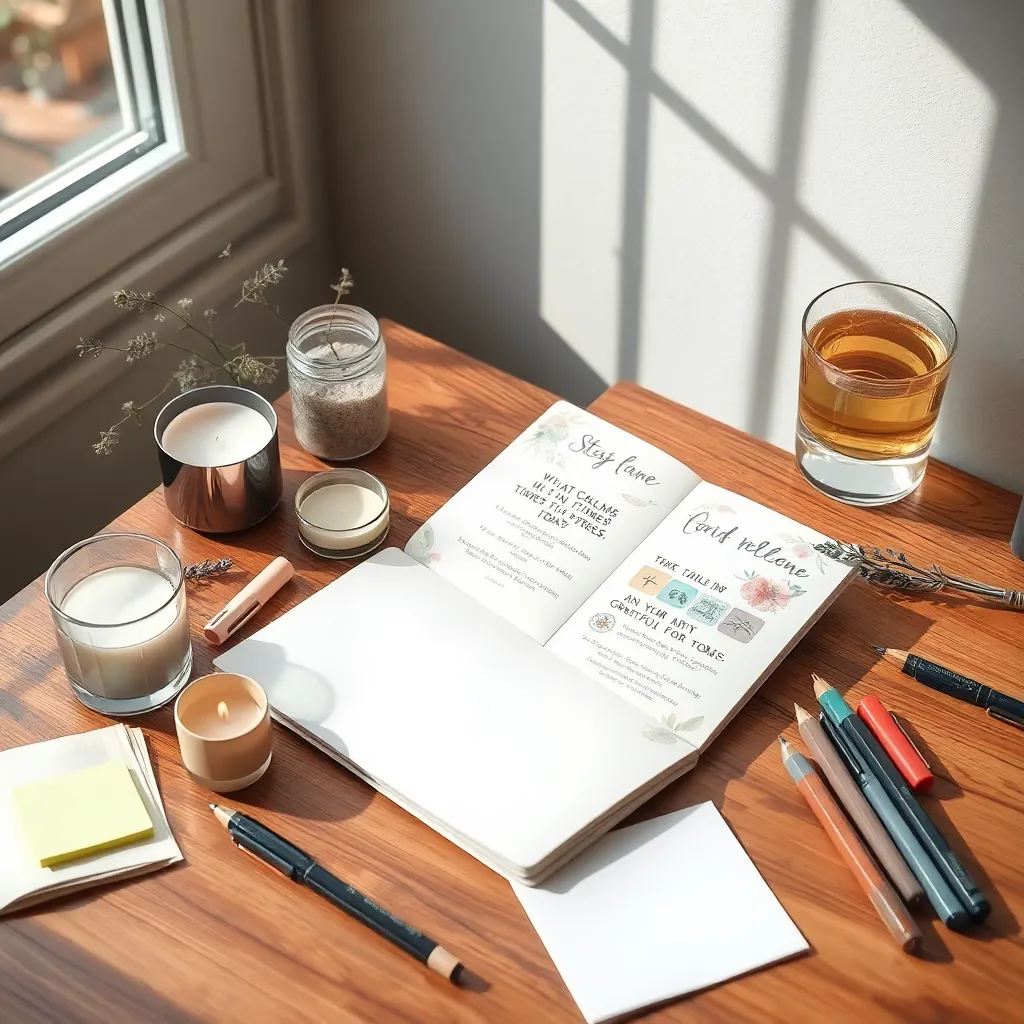
Start by creating a simple stress-relief layout using deep breathing prompts. Dedicate a page for quick exercises like:
- “Take 5 deep breaths, noting any tension release.”
- “List 3 things you’re grateful for.”
These serve as instant stress-busters.
Another technique is the 5-minute brain dump. Set a timer, and write whatever comes to mind without judgment. This practice helps clear mental clutter, reducing stress and fostering calm. Use these layouts regularly to nurture a peaceful mind.
Incorporating Gratitude Pages
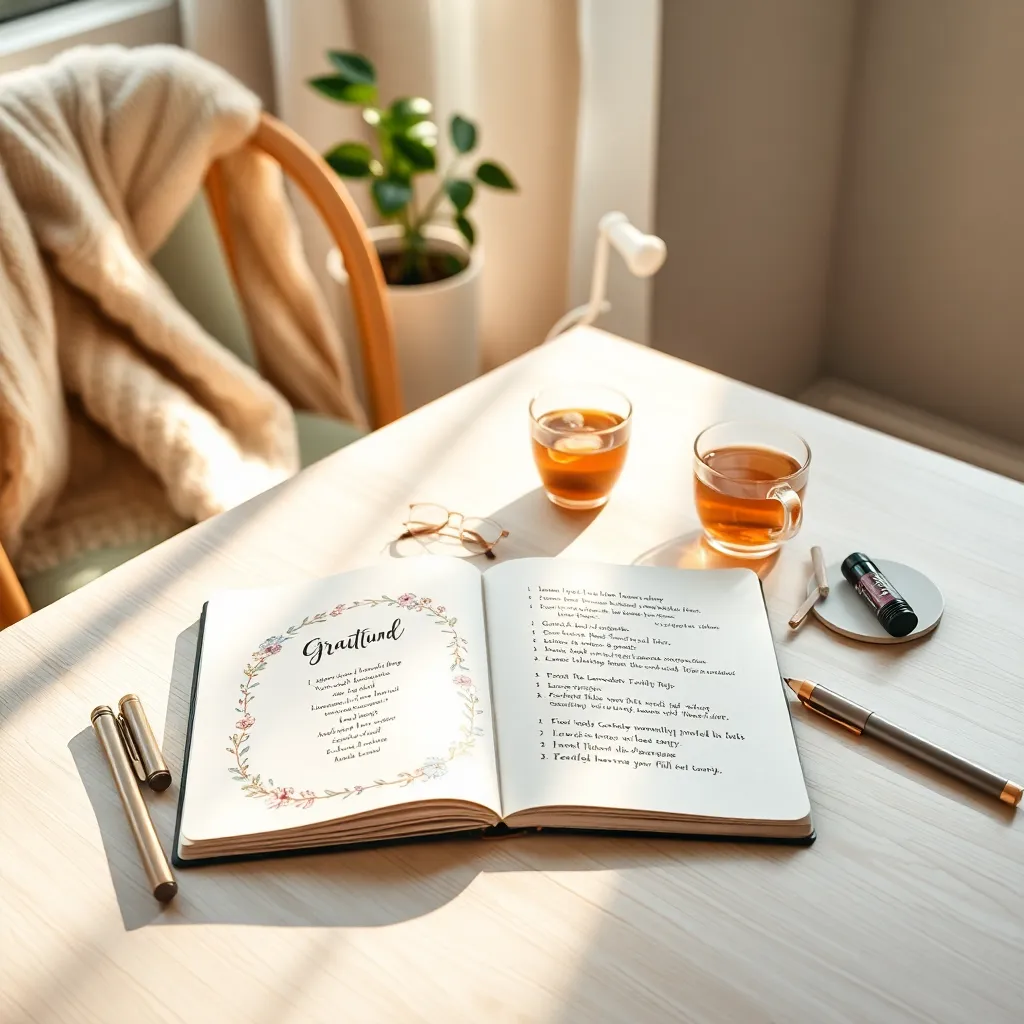
Begin your gratitude pages by listing three things you’re thankful for each day. This simple practice cultivates positivity and shifts focus from stress to appreciation.
To deepen your gratitude practice, include a brief note on why each item matters to you. This enhances mindfulness and strengthens emotional well-being.
Setting Intentions with Daily Logs
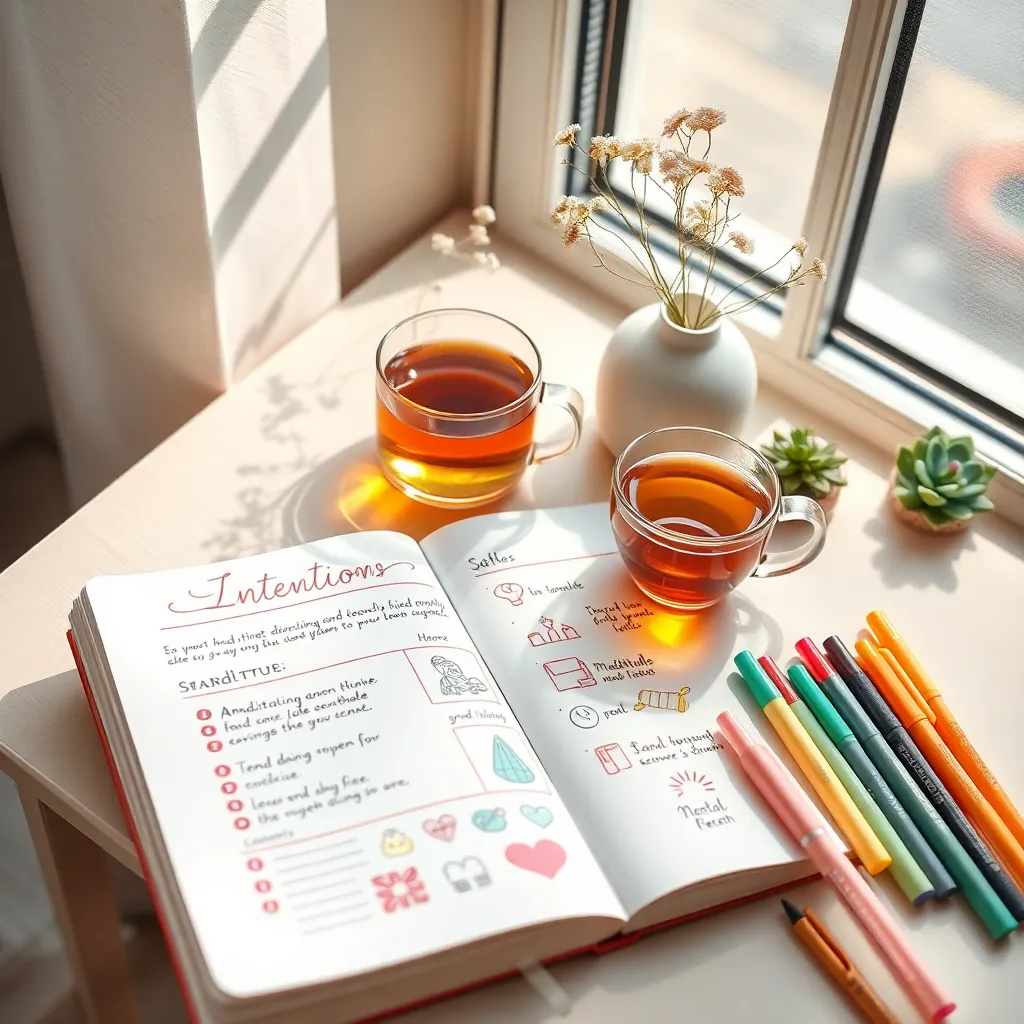
Begin your day by setting a clear intention. This focuses your mind and boosts well-being. Use prompts like: “What is my focus today?” or “How do I want to feel?”
Reflect at day’s end to align with your intentions. Simple prompts include: “Did I stay true to my intention?” or “What did I learn today?”
Visualizing Progress Through Habit Trackers
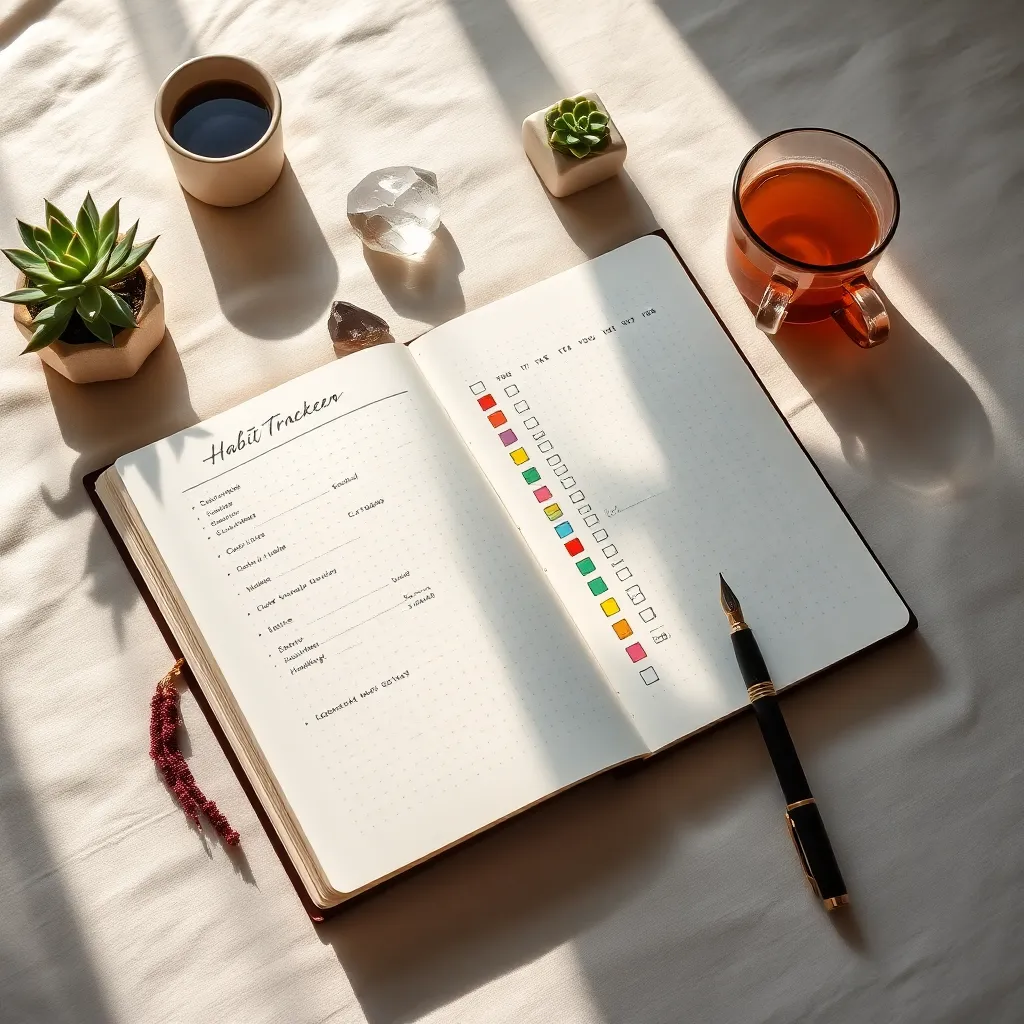
Visualize your growth with habit trackers. Simply draw a grid or use symbols to mark daily achievements. This practice builds motivation by clearly displaying your progress.
Use prompts like:
- What habit do I want to nurture this week?
- Which small action can I take today?
Tracking daily empowers you to celebrate small wins and stay committed to your mental health journey.
Conclusion: Creating Beautiful Outdoor Spaces
In wrapping up our exploration of bullet journal layouts for mental health, we’ve uncovered five transformative concepts to enhance your relationships. First, tracking emotional triggers helps identify patterns affecting interactions. Second, gratitude logs cultivate appreciation, enriching bonds. Third, communication trackers improve dialogue by highlighting frequency and quality. Fourth, self-care schedules ensure you’re emotionally available for loved ones. Lastly, goal-setting spreads align personal growth with relationship aspirations.
To put this into action, start by designing a simple gratitude log in your journal today—list three things you appreciate about someone special. This small step can profoundly shift your perspective and strengthen your connection.
Bookmark this article to revisit these strategies as you continue to nurture your relationships. By integrating these techniques into your daily routine, you’re laying a foundation for more mindful, supportive, and resilient connections.
Remember, relationship success is a journey, not a destination. As you move forward, let your bullet journal be a companion in this evolving process, helping you navigate the complexities of love, understanding, and growth with confidence. Here’s to building relationships that thrive through intentional actions and heartfelt care.

